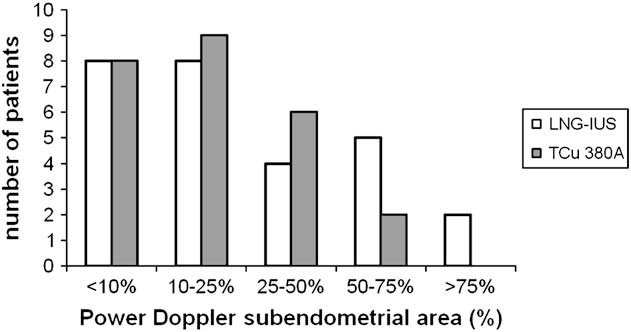terza domenica del tempo ordinario
Commento biblico – musicale dell'introito e traduzioni Il libro di Ester è una delle cinque MeghillĂ´t (in ebr. “rotoli”) e viene letto durante la festa dei Purim. Narra l’avventura di una giovane ebrea che assurge al rango di regina e grazie a questa sua posizione riesce a scongiurare una persecuzione contro il suo popolo all’epoca del re persiano Assuero/Serse. Il testo dellâ
 The demographic characteristics, pulsatility
index (PI), and resistance index (RI) of the 52
insertion) in the pulsatility index (PI),
women before IUD insertion: mean (SEM).
The demographic characteristics, pulsatility
index (PI), and resistance index (RI) of the 52
insertion) in the pulsatility index (PI),
women before IUD insertion: mean (SEM).